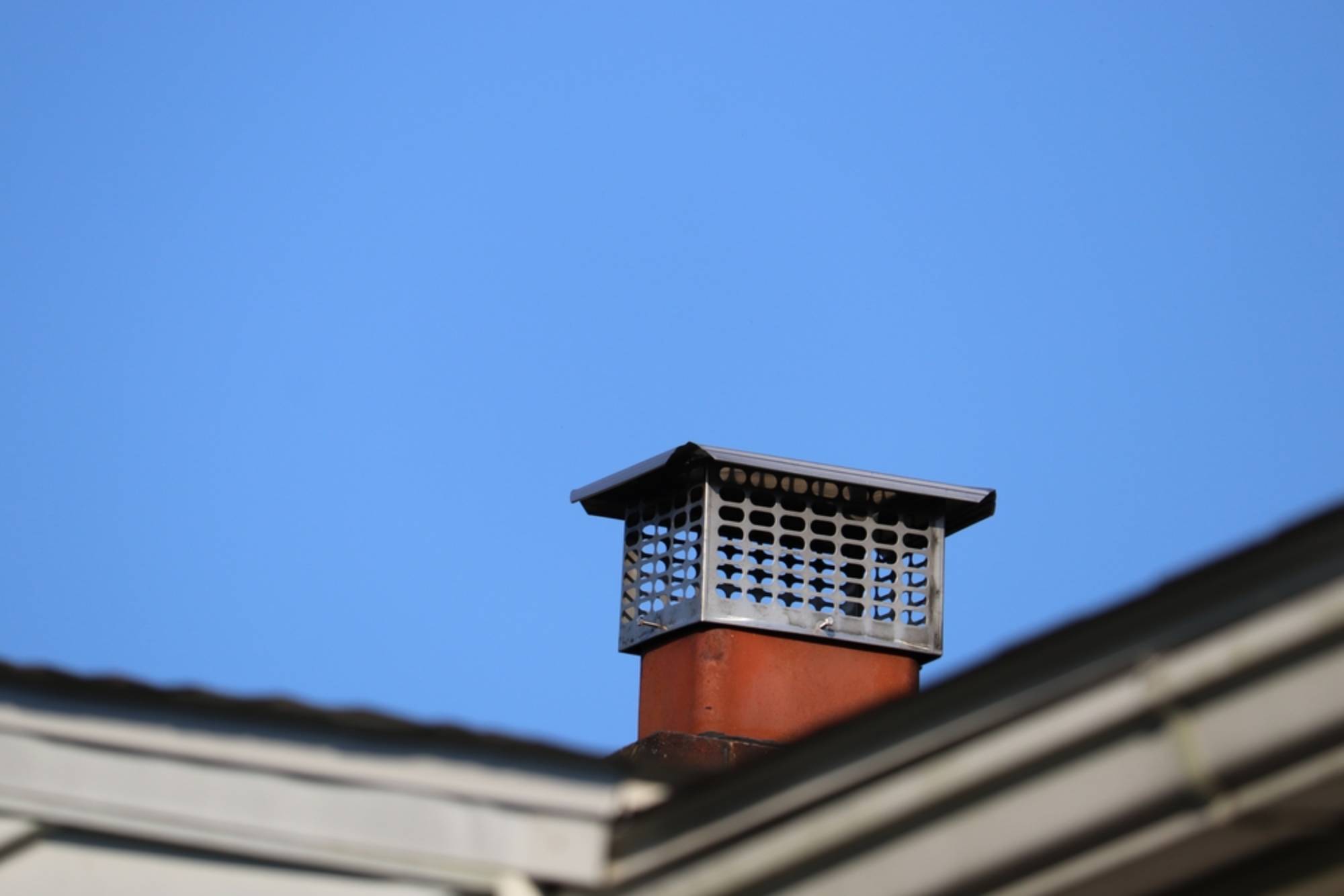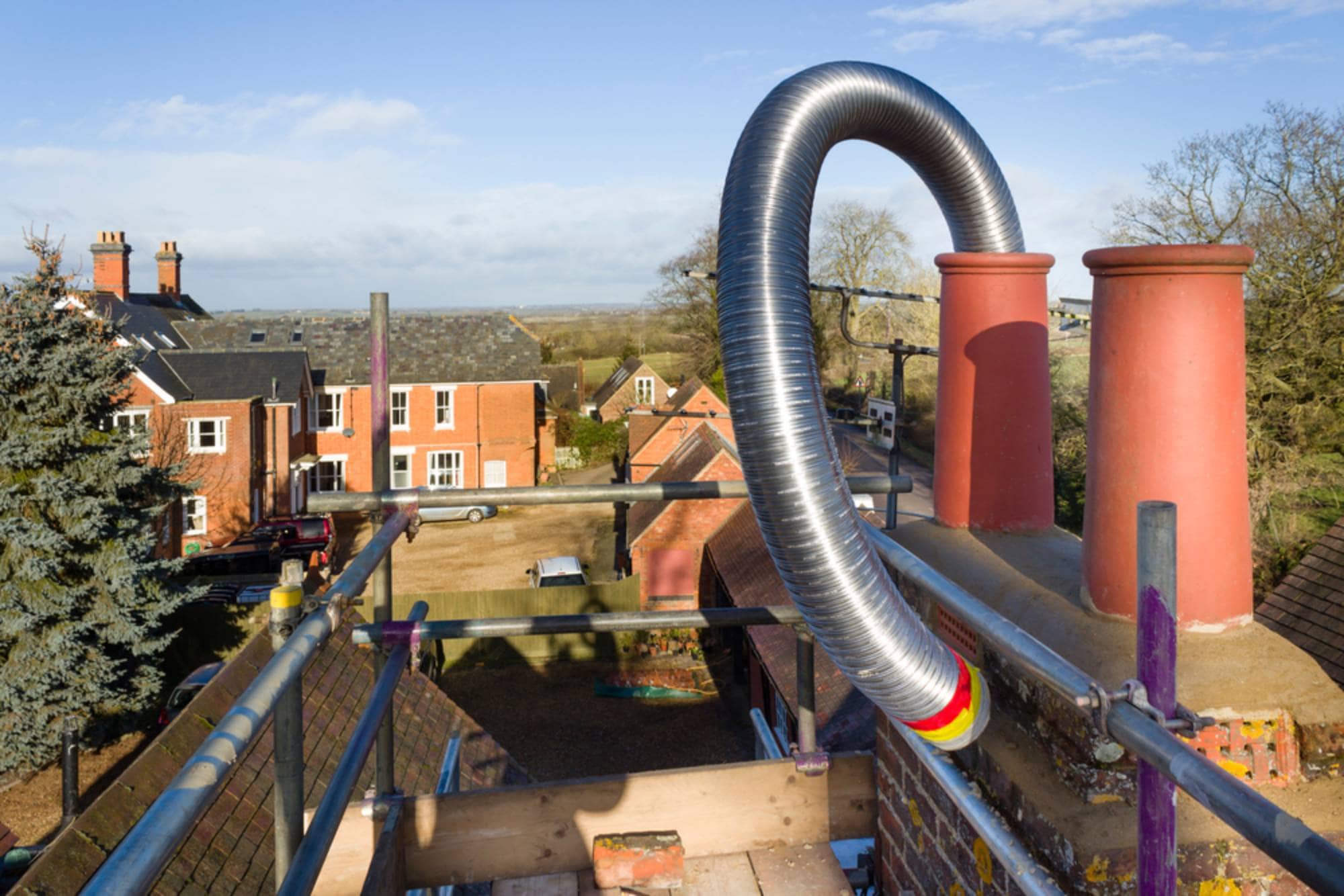Protect your family and home with certified chimney liner installation that meets all safety codes and efficiency standards.

Hear from Our Customers

When your chimney liner is properly installed, you get consistent draft performance and complete protection from dangerous gases. No more worrying about carbon monoxide leaks or chimney fires during those cold Rhode Island winters.
Your heating system runs more efficiently, your energy bills stay reasonable, and your home value increases. Most importantly, you have peace of mind knowing your family is protected from the serious safety risks that come with damaged or missing chimney liners.
The difference is immediate. Better airflow, cleaner burning, and the confidence that comes from knowing your chimney system meets all current safety codes and manufacturer specifications.
We’ve been serving Providence County families with professional chimney services, including certified liner installations for furnaces, fireplaces, and heating systems. We understand the unique challenges that come with Rhode Island’s older homes and changing weather patterns.
Many homes in Pascoag were built between the 1900s and 1990s, which means most chimney systems are dealing with aging clay tiles and deteriorating masonry. We’ve seen it all and know exactly how to bring these systems up to current safety standards.
Our certified technicians use only UL-listed materials and follow strict installation protocols. Every job starts with a thorough inspection, and we never recommend work you don’t actually need.

We start with a complete inspection of your chimney system using specialized equipment to see exactly what’s happening inside your flue. This tells us the right size liner you need and whether any additional repairs are required before installation.
Next, we remove any damaged clay tiles if necessary and prepare the chimney for the new stainless steel liner. The liner gets wrapped in insulation before installation to ensure proper heat retention and draft performance.
During installation, the liner is carefully inserted from the top and sealed at the firebox with chimney-specific mortar. We fill any remaining space with poured insulation designed specifically for chimneys. Finally, we install the appropriate termination cap and test the entire system to ensure everything is working correctly.

Ready to get started?
Our chimney liner installation service covers all heating applications – wood-burning fireplaces, gas furnaces, oil boilers, and pellet stoves. Each application requires specific liner materials and sizing to ensure safe, efficient operation.
For Pascoag homeowners, this is especially important given the area’s mix of older homes and modern heating systems. Many properties have been updated with newer furnaces or fireplace inserts that require properly sized liners to function safely and efficiently.
We use only 316-grade stainless steel liners for maximum durability and corrosion resistance. These liners are UL-listed and come with transferable lifetime warranties, which adds value when you sell your home. The installation includes all necessary components – insulation, connection hardware, and termination caps designed for Rhode Island’s weather conditions.
